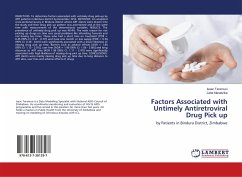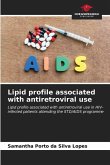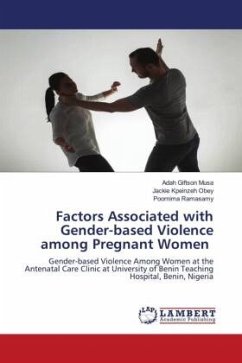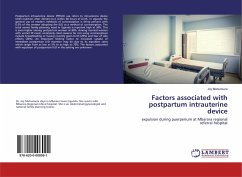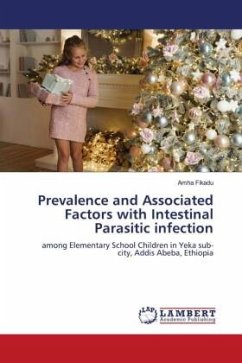OBJECTIVES: To determine factors associated with untimely drug pick-up by ART patients in Bindura district by December 2012. METHODS: An analytical cross-sectional survey in Bindura district where ART clients were drawn into the study and their drug pick up pattern was ascertained and at the same time with measurement of the determinants variables. RESULTS: The prevalence of untimely drug pick up was 40.4%. The main reason for not picking up drugs on time was social problems like attending funerals and not having bus fares. Those who had a short time on treatment [POR = 0.45 (95% CI; 0.27 - 0.77)] and have one month or less supply [POR = 0.50 (95% CI: 0.30 - 0.81)] were significantly associated with a lower likeliness of missing drug pick up time. Barriers such as adverse effects [AOR = 1.84 (95% CI: 1.13 - 3.01)], user fees [AOR = 1.96 (95% CI: 1.06 - 3.60)] and long distances to ART sites [AOR 1.96 (95% CI: 1.11 - 3.47)] were significantly associated with high likeliness of missing drug pick up time. CONCLUSIONS: ART clients were mainly missing drug pick up time due to long distance to ART sites, user fees and adverse effects of drugs.

